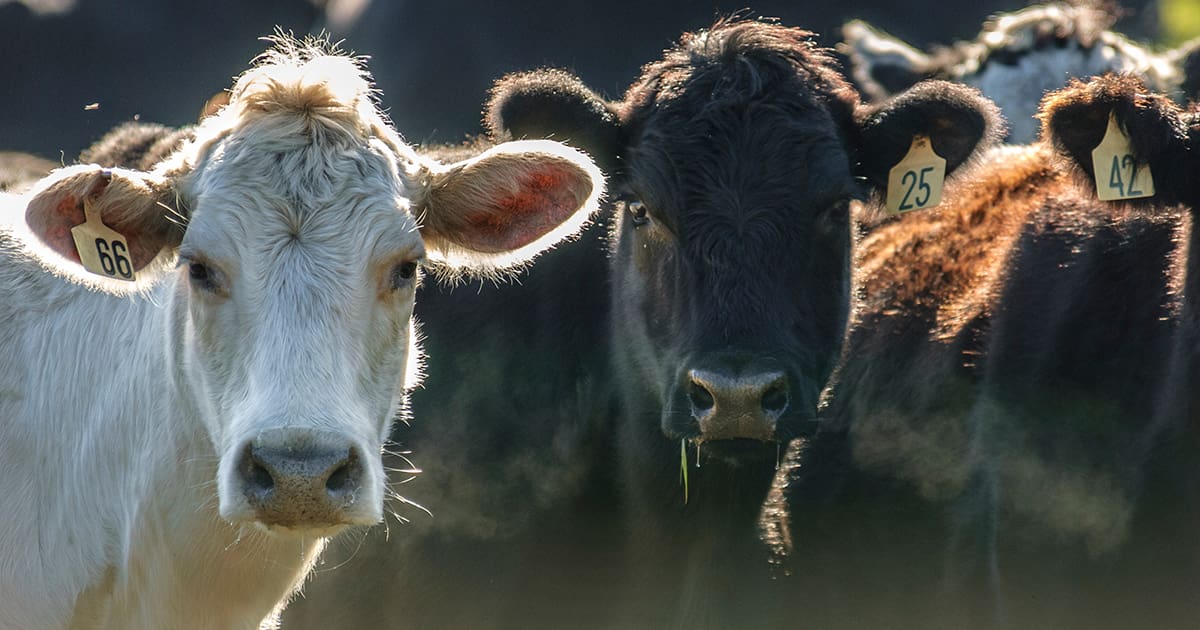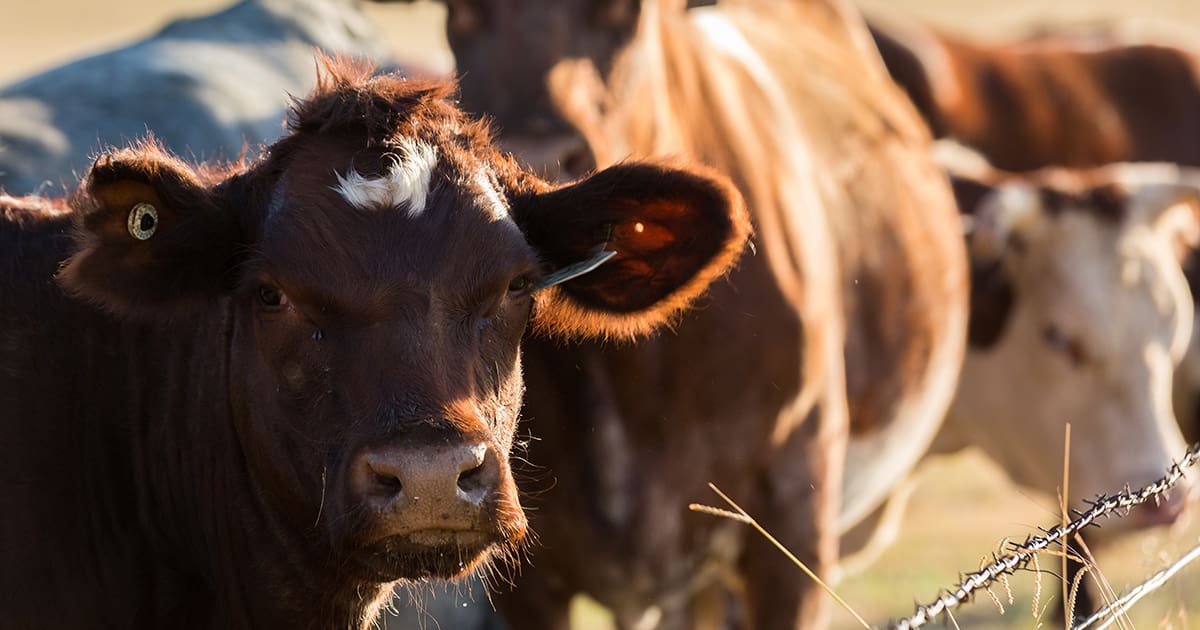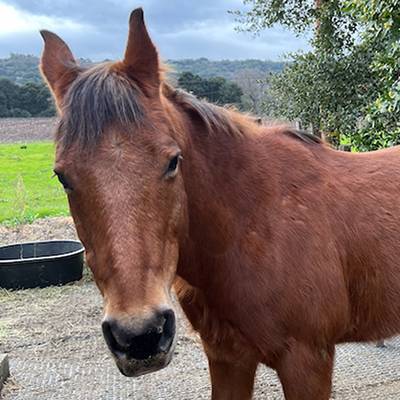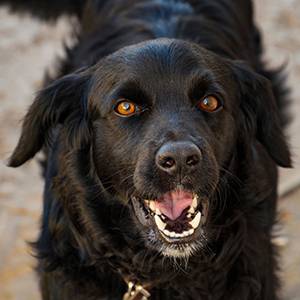
Calf Mortality Using Ramaekers Livestock Formulas
Study period: Oct. 15, 2002 – Jan. 20, 2003
KEY POINTS:
- 100% reduction in calf mortality
- Improved milk production
- Achieved breeding weight 2 months earlier
- OMRI-listed product

Dairy A
- Used 180 calves (30 died). No Livestock Stress Formula was used during the study period.
Dairy B
- Used 181 calves (only three died). Calves were fed the Livestock Stress Formula during the study period.
Comparison of Dairy A and Dairy B:
- Both dairies are located approximately 5 miles apart in Oakdale, California.
- They share a similar genetic pool and employ the same calf raiser.
Central California Dairy Cattle Trial
This study took place from October 15, 2002, to January 20, 2003, involving two dairy operations near Oakdale, California. Both operations have consistent genetics and similar illness and death rates for calves over many years. Ramaekers Livestock Stress Stable (LSSS) was delivered to both locations on the same day. Dairy A did not use the product, while Dairy B used it as directed.
During the study period, Dairy A transported 180 calves (with 30 fatalities), while Dairy B transported 181 calves (with only three fatalities).
Follow-up to the Central California Dairy Cattle Trial:
After four years of tracking the calves using Dairy Comp 305 software, the dairyman observed several significant results:
- The treated heifers calved at 22 months, compared to 24 months for heifers purchased from external sources.
- The study revealed that these heifers produced, on average, 2,000 pounds more milk per year.
- This increase in production translates to effectively receiving one free year of milk production for every six years.
These remarkable improvements in herd health, observed through immune supplementation, motivated the dairyman to transition to a certified organic dairy.
Summary:
Initiating early immune education, particularly for newborn calves, can significantly reduce illness rates, enhance profits, accelerate growth rates, and improve overall performance.










